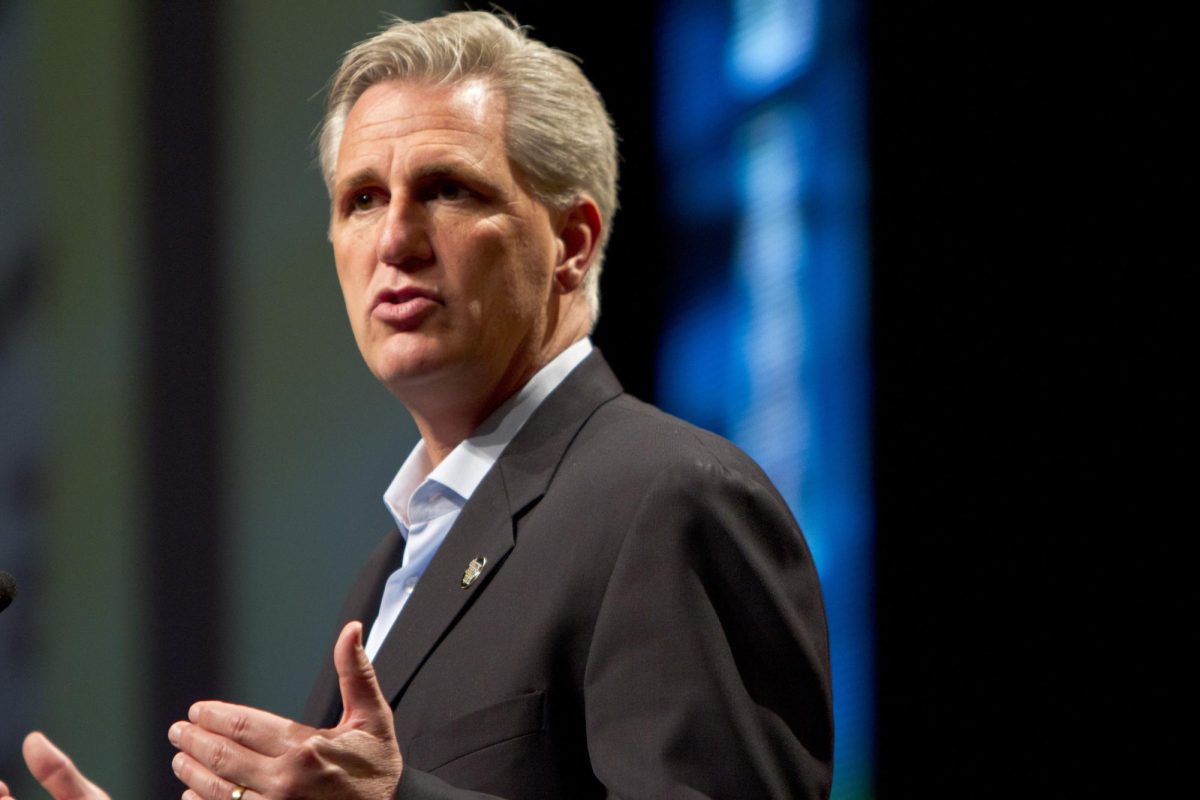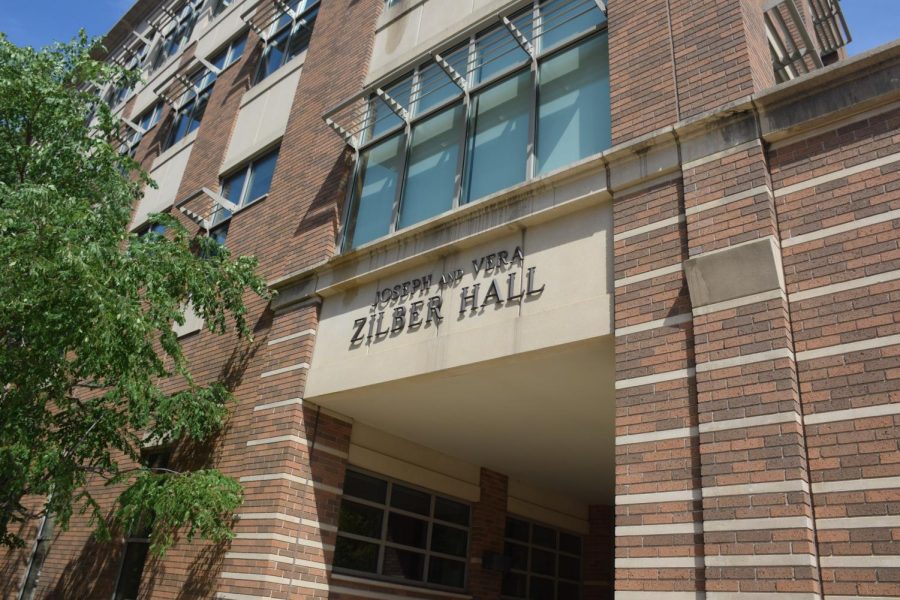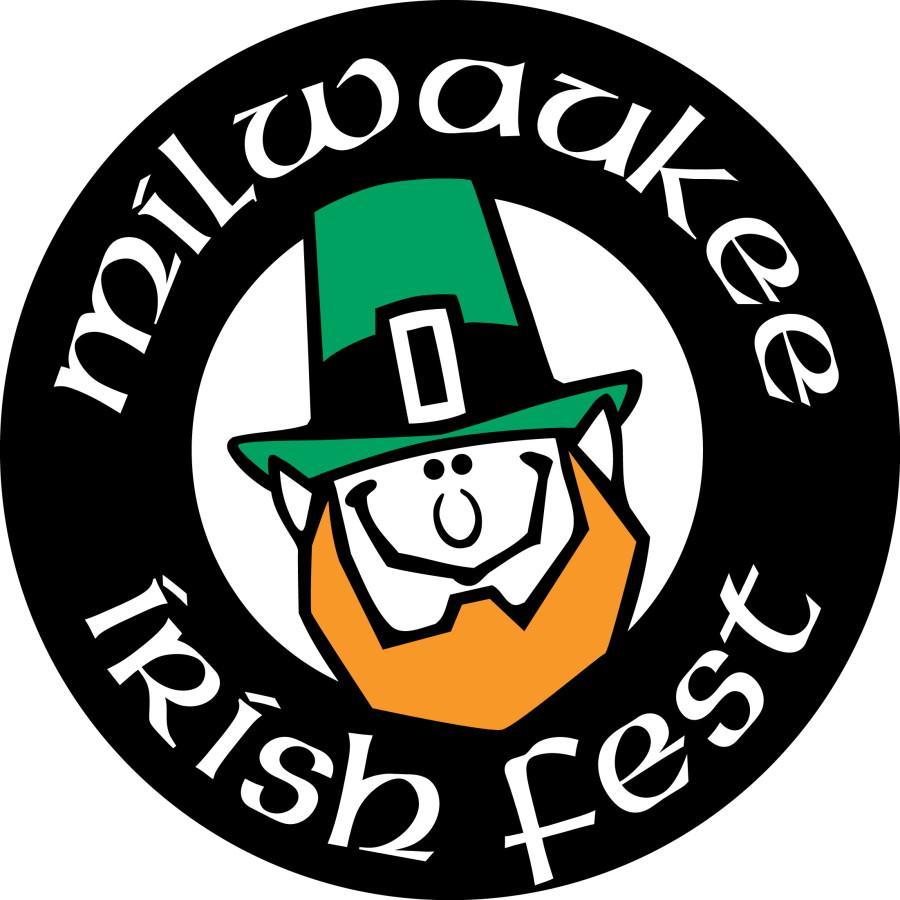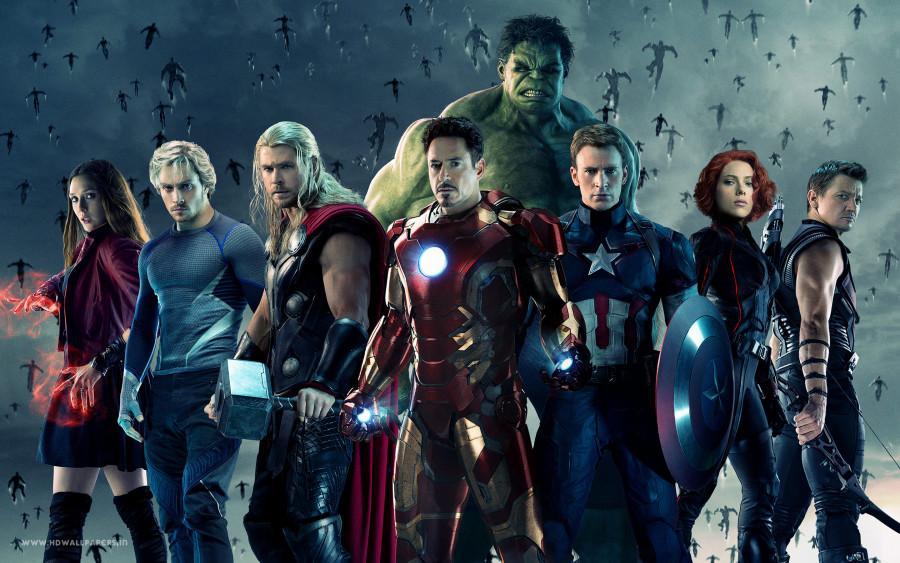 Once upon a time, I wanted to see a movie called “V for Vendetta.”
Once upon a time, I wanted to see a movie called “V for Vendetta.”
It was the spring of 2006. I had just recently gotten my driver’s license, and with it, a new sense of freedom — as long as there was a car free and I was back by curfew, there was nothing that could stop me from doing what I wanted to do.
And what I wanted to do was see “V for Vendetta.” In retrospect, I must have connected my newfound freedoms with the revolutionary themes of the movie itself, where the anarchistic hero V works to destroy a totalitarian government. Or I just thought it was a sweet action movie.
But either way, freedom was not to be in my future. Because while the movie may have spelled “V for Vendetta,” it was really “R for Restricted.”
Yes, I was sixteen-going-on-seventeen, and regardless of how “innocent as a rose” I may or may not have been, that was enough of a crime for the Motion Picture Association of America to keep me out of the theater. By the time I turned 17 in November, it was too late, and while the film soon came to the shelves of the video store I worked at, I never found time to take it off the shelf.
I tell you this only moderately overdramatized story because it’s just one example of the illogical censorship that recently claimed another victim: “Blue Valentine,” an anti-romance starring Ryan Gosling and Michelle Williams that depicts the disintegration of their characters’ relationship.
When “Valentine” played here at the Milwaukee Film Festival three weeks ago, it was still unrated, but it was pretty evident across the board that the film was going to earn an R rating for its subject matter and sexual content — after all, this was a film about a couple trying and failing to save their marriage.
But when the MPAA instead tacked on an NC-17 rating, the story got a lot more depressing.
I can’t personally attest to the fairness of the ruling, having not seen the film yet, but the film’s rating itself isn’t the problem. The problem is what happens after the rating.
It doesn’t seem like it would do much to a film’s chances — the rating only restricts kids 17 and under from seeing the film, most of whom wouldn’t be interested in “Blue Valentine” anyways.
But a rating of NC-17 is the scarlet letter of cinema. Sure, everyone age 18 and up can see the film, but that doesn’t mean they’re going to, especially when the film has a rating more commonly employed for gratuitous, stomach-turning gore or repeated, borderline-pornographic sex scenes.
And even if viewers want to see the film, there’s no guarantee they’ll be able to because theaters are more likely than not to pass up on screening such films, expecting to make little to no money off sales. The highest-grossing NC-17 film ever released, “Showgirls,” earned only $20 million at the box office, an amount that looks even smaller next to its $40 million budget.
Don’t get me wrong. Ratings are important. Without them, audiences would have to just blindly walk into theaters and hope the movie is what they’re looking for.
But the MPAA’s system is broken, a vestige of a time long past when morality was a close-minded monster that saw anything outside the norm as dangerous. Sex, violence, profanity — all censored out to protect us from anything that might hurt us.
We need guidance, not protection. Instead of a handful of blanket labels dealt out like Scrabble tiles, we need nuanced ratings that actually tell us what sort of adult content we can expect from a movie. So films like “Blue Valentine” get warnings, not condemnations.
I finally did see “V for Vendetta,” when I was 18, right after I got to Marquette. And I honestly don’t know if I would have appreciated it the same way when I was sixteen.
But shouldn’t I have had the chance to find out?









